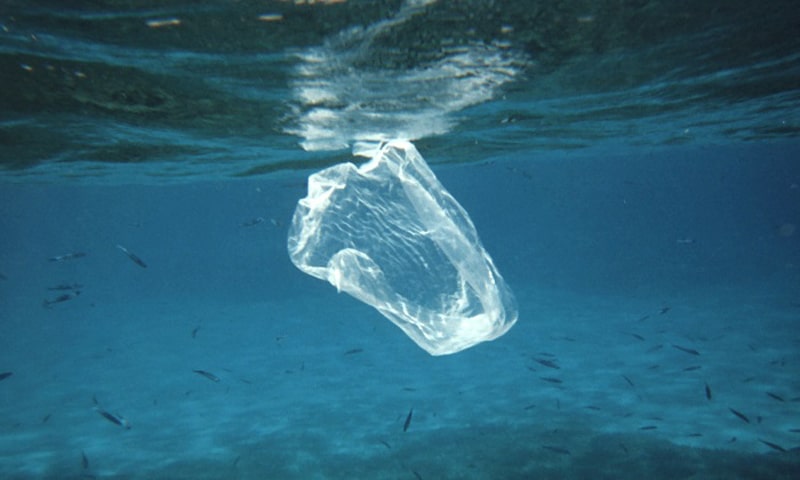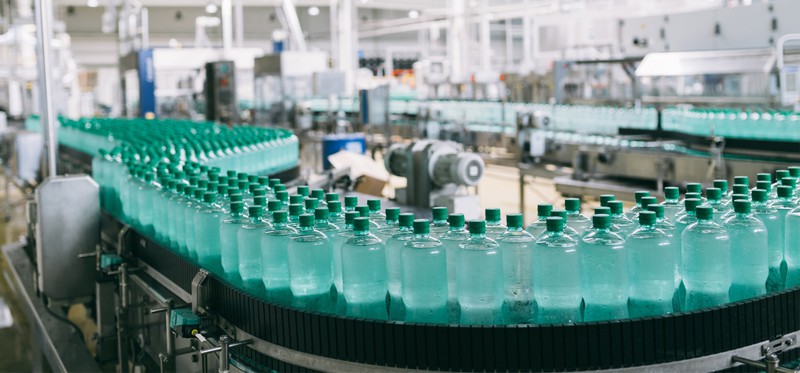Plastic waste has become a significant problem across the world in just six decades from the mass production of plastics. Plastic bottles have also added to the volume of plastic waste since their creation in the 1990s. Now, the most common types of plastic waste include PET (polyethylene terephthalate) water bottles, single-use plastic straws, cutlery, food containers and plastic caps. Plastic waste can be seen littering roadsides, beaches, oceans and public spaces across the world. With a problem of such magnitude, there has been an urgent call for eco-friendly alternatives like bioplastics. Seen as a possible answer to the worsening pollution problem on the planet, the question now is when will bioplastics go mainstream?

Getting The Terms Sorted Out
The right type of information can be the key to educating the people about the importance or transitioning to bioplastic use of regular plastics. While most people have an inkling as to what the terms bioplastic, plastic, biodegradable, degradable and compostable would mean. Reinforcing their knowledge can be a big help in influencing their choice of plastic type used in the future. Thus, we need to first define the important terms here.
-
- Plastic – comes from the Greek word ‘plastikos’, meaning suitable for molding. Plasticity refers to a huge range of synthetic materials made of polymers. Polymers are made up of small organic molecules that join together in long chains. The properties of plastics such as flexibility and heat resistance depends on the chemical composition of individual units or monomers, the length of the polymer chains and their interaction with each other.
- Bioplastic – the ‘bio’ prefix indicates that this type of plastic has a biological origin, mostly coming from plants or plant-based extracts. They are also called “biobased” plastics or plastics that are biodegradable.
- Degradable – this is the property of being able to break down over time into powder or small fragments – a quality shared by all plastics. Different plastics degrade in different lengths of time depending on their polymers.
- Biodegradable – the property of being broken down entirely under the right natural conditions. Biodegradable plastics can be broken down into carbon dioxide, water and compost.
- Compostable – when an object is compostable, it can be broken down without leaving any toxic residue and release carbon dioxide in the background. Bioplastics can break down in a compost environment.

What are the Types of Bioplastics?
Bioplastics can be categorized into two broad types: PHA (Polyhydroxyalkanoate) and PLA (Polylactic Acid). We’ll examine below on what are the properties, compositions and chief uses of these bioplastics.
PHA (Polyhydroxyalkanoate)
PHA is produced by microorganisms that are genetically engineered to produce plastics from organic materials. These microorganisms are ‘starved’ of nutrients like nitrogen, oxygen and carbon. The microorganisms then disintegrate and transform into carbon granules that have similar chemical properties as regular plastics.
PHA is primarily used in medical applications like bone plates, slings and skin substitutes. They are degradable, compostable and safe for human consumption.
PLA (Polylactic Acid)
PLA bioplastics are plant-based and derived from renewable resources like sugar cane and corn starch. PLA currently has the highest production rates among all other types of bioplastics. They are relatively cost efficient to produce because they can be manufactured using the same equipment used for making traditional plastics.
The known properties of PLAs are quick melting, which makes them ideal as filament for 3D printing, and constriction at high temperatures, which makes it a great shrink wrap material. Its flame retardant properties are still currently being studied and developed, which could make it useful for making products like Industrial Curtain Walls from PLA, Body Shop Curtains, and Vinyl Tarps. PLA’s versatility and ease of degradation makes it a good option for bioplastics and has a potential for mass production and industry use. It is currently used in making plastic mulch films and bottles, but holds great potential for wider use in the coming years.

What’s the Current Status of Bioplastic Usage?
Bioplastics have great potential as an alternative material in several industries. There are factors that can influence the adoption of this new material, such as economic benefits, consumer demands and raw material availability. Currently there is a steady increase of global bioplastic production, according to a European bioplastics market data report. In 2018, the global market for bioplastic was estimated at about $6.95 billion and is seen to increase to $14.92 by 2023. The lobbying of environmental advocacy groups for sustainable alternatives for hazardous wastes such as plastics can also help speed up the increase in bioplastic use in different countries. Government support and funding can play a big role in starting up industries that produce bioplastics and biobased products and help fund further research in the development of other environment-friendly and sustainable projects.
For bioplastics to go mainstream, the cooperation from the government, industries and the end users – billions of plastic users across the world – is needed. Bioplastics can be considered as the best alternative to traditional plastics and has great potential for alleviating the plastic waste problem that’s affecting the world. With more people being aware of the critical global environmental situation and governments and industries showing willingness to adopt eco-friendly and sustainable projects such as bioplastic production, the mainstream use of bioplastics can be seen along the horizon.
